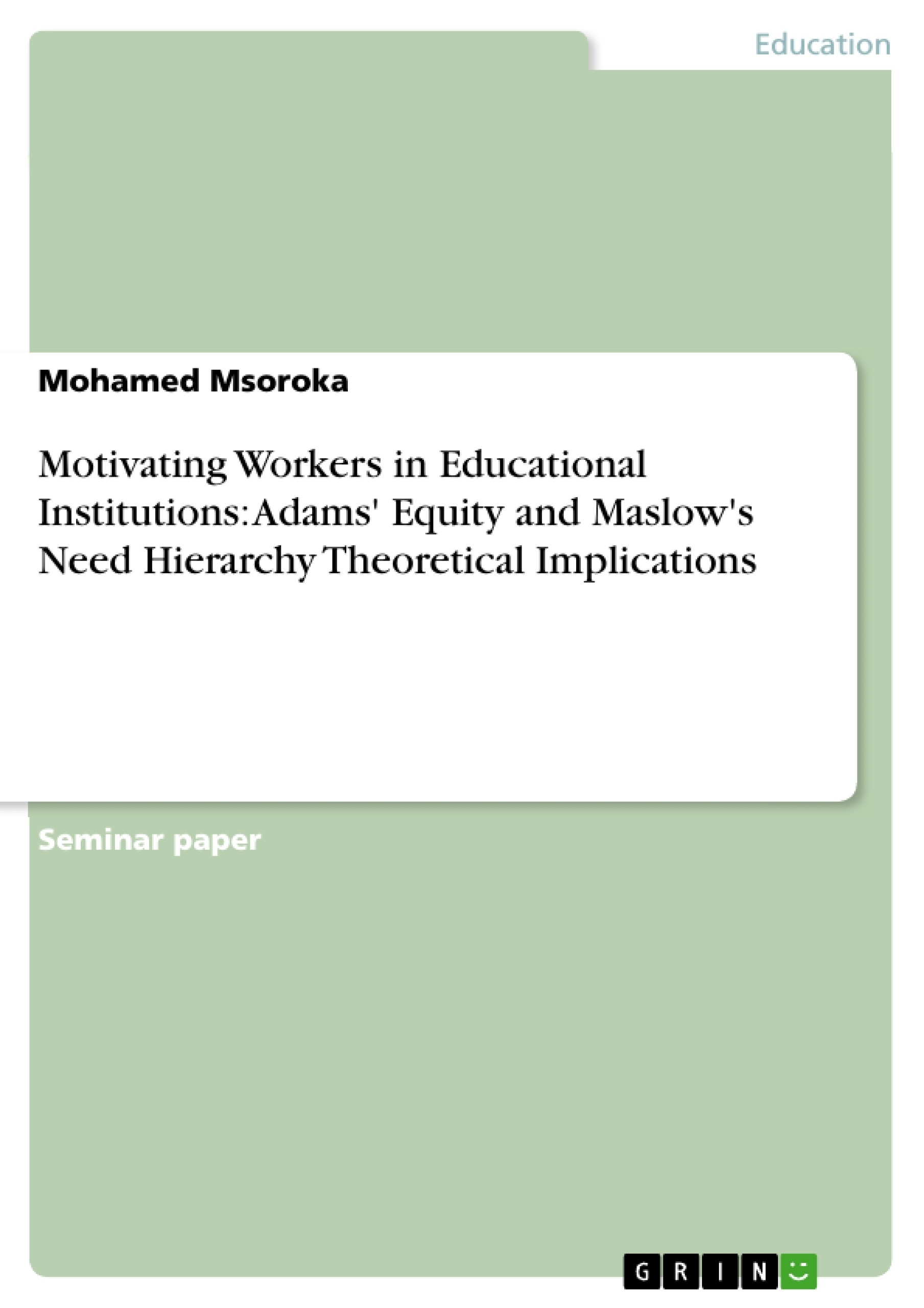

When people feel fairly or advantageously treated they are more likely to be motivated when they feel unfairly treated they are highly prone to feelings of disaffection and demotivation. The Adams' Equity Theory model therefore extends beyond the individual self, and incorporates influence and comparison of other people's situations - for example colleagues and friends - in forming a comparative view and awareness of Equity, which commonly manifests as a sense of what is fair. However, awareness and cognizance of the wider situation - and crucially comparison - feature more strongly in Equity Theory than in many other earlier motivational models.

There are similarities with Charles Handy's extension and interpretation of previous simpler theories of Maslow, Herzberg and other pioneers of workplace psychology, in that the theory acknowledges that subtle and variable factors affect each individual's assessment and perception of their relationship with their work, and thereby their employer. The Equity Theory – John Stacey Adams John Stacey Adams, a workplace and behavioural psychologist, put forward his Equity Theory on job motivation in 1963.


 0 kommentar(er)
0 kommentar(er)
